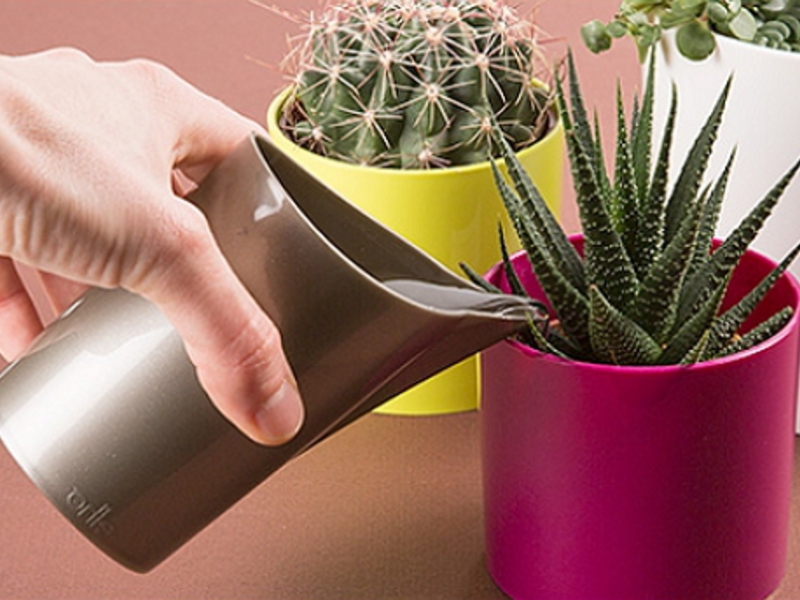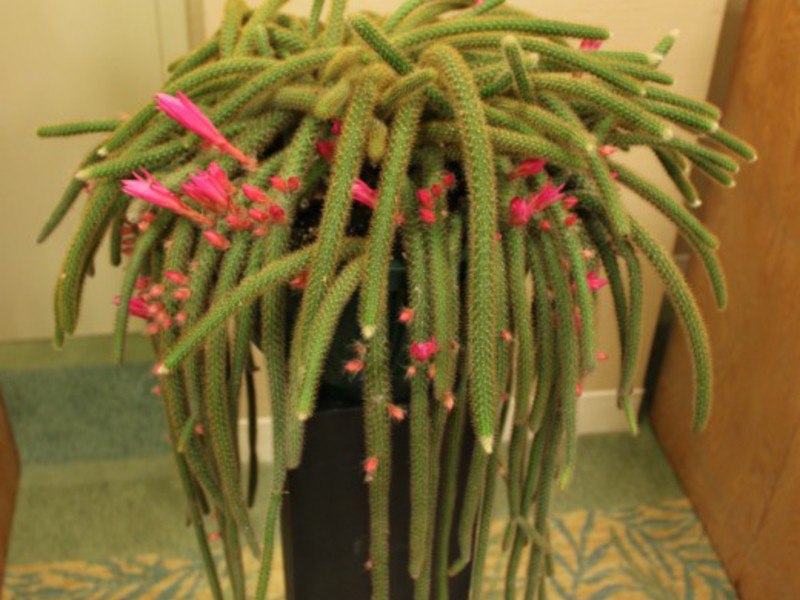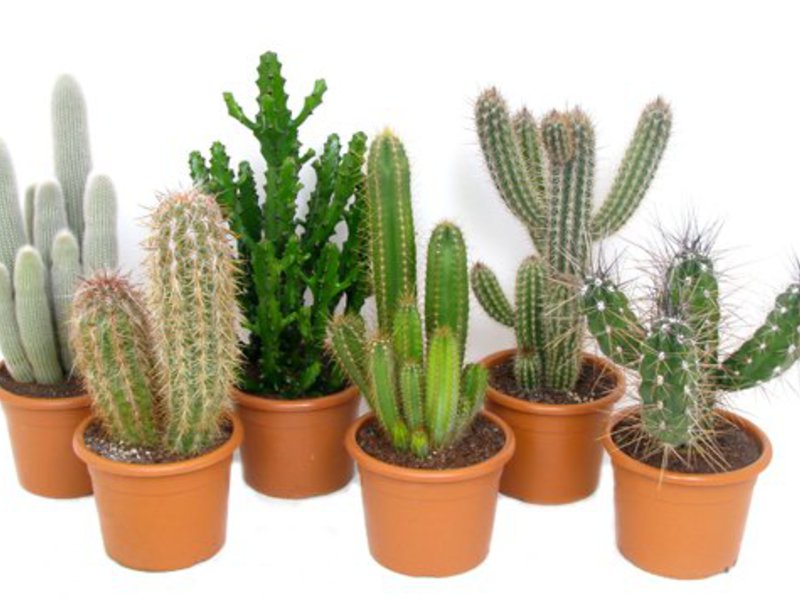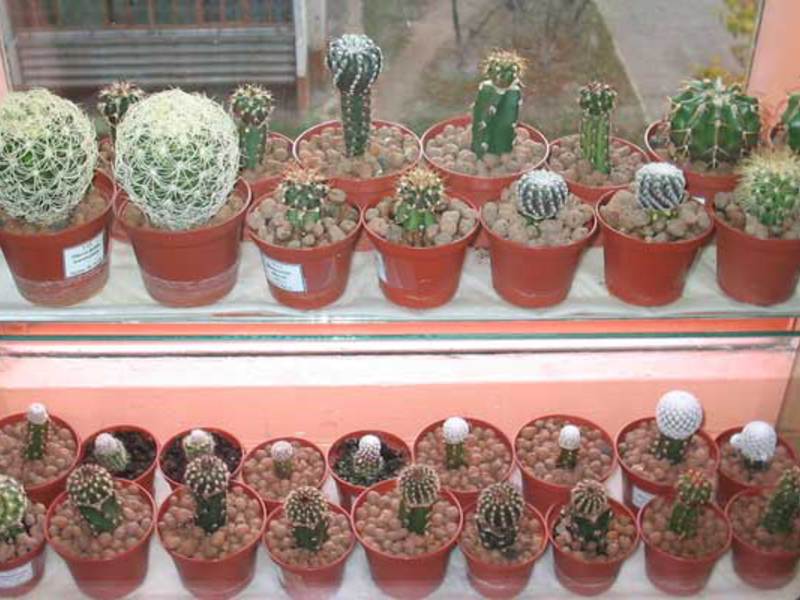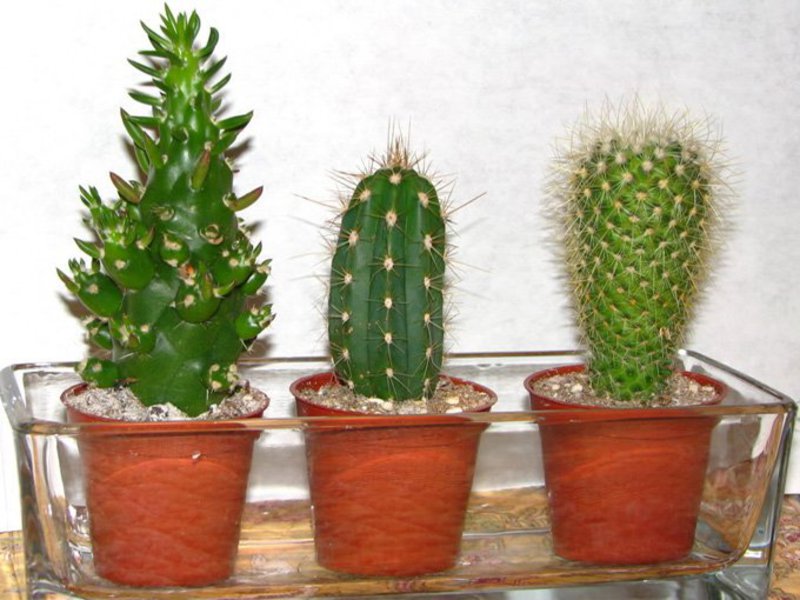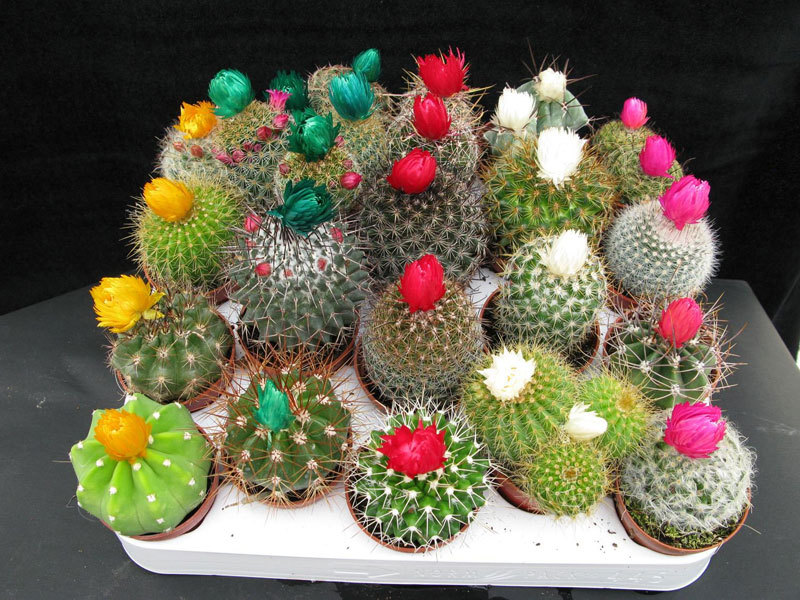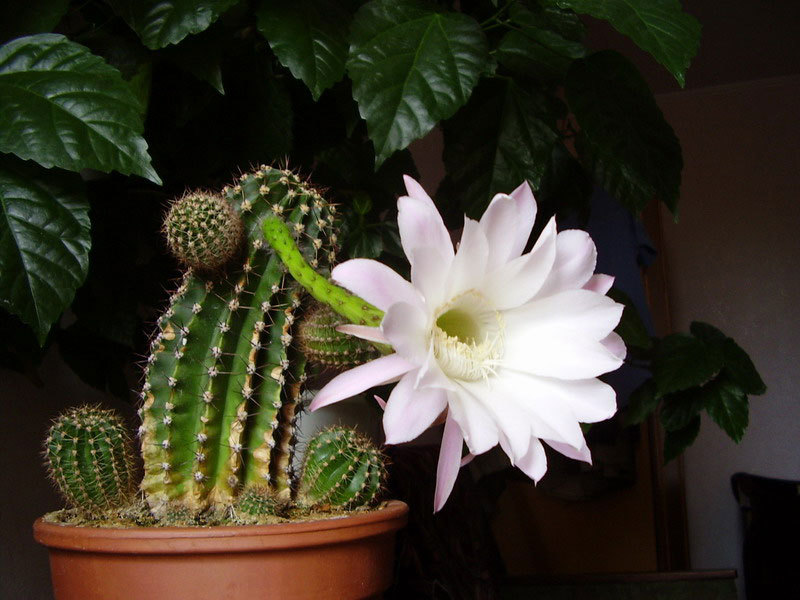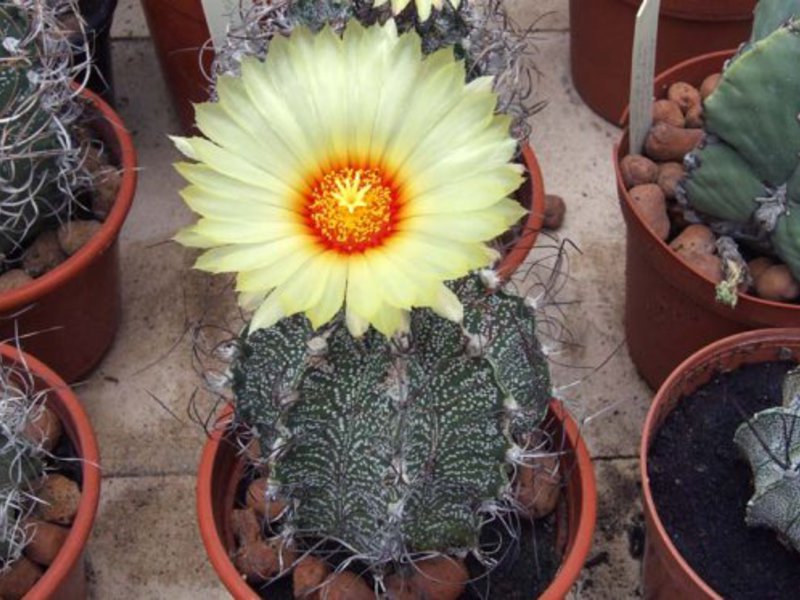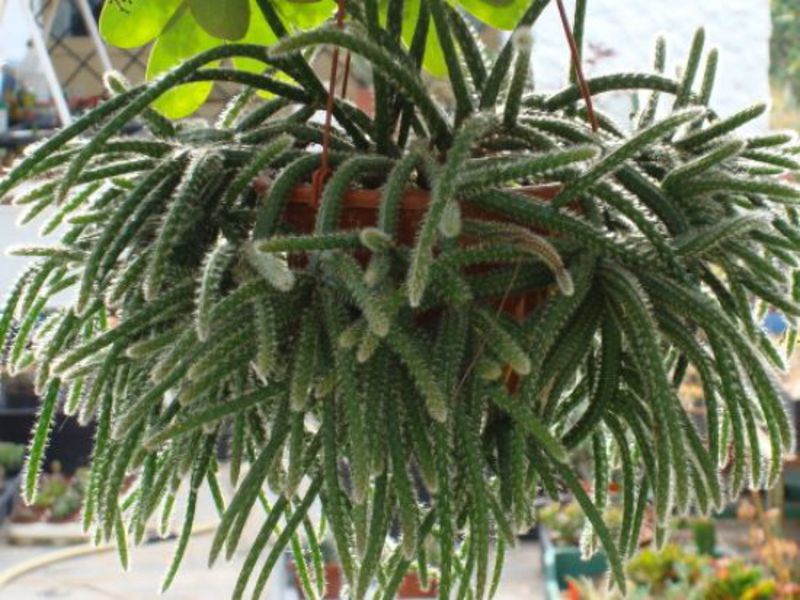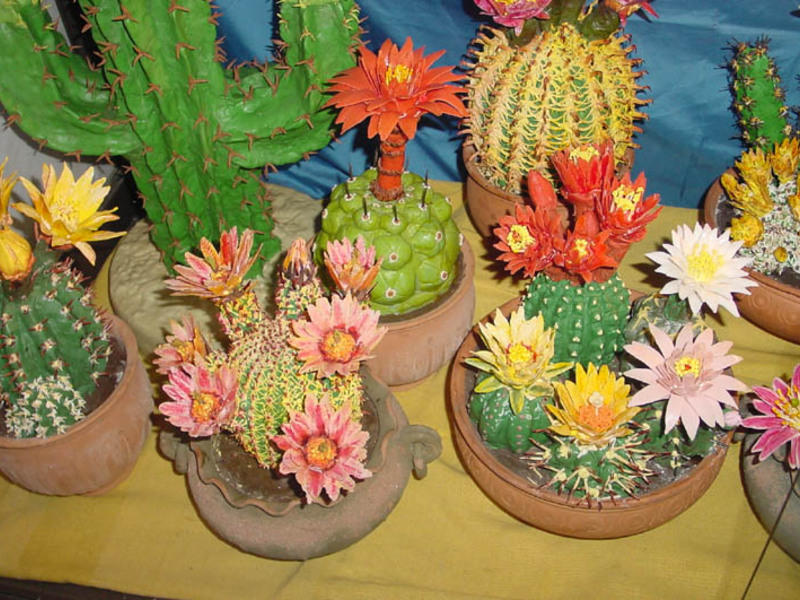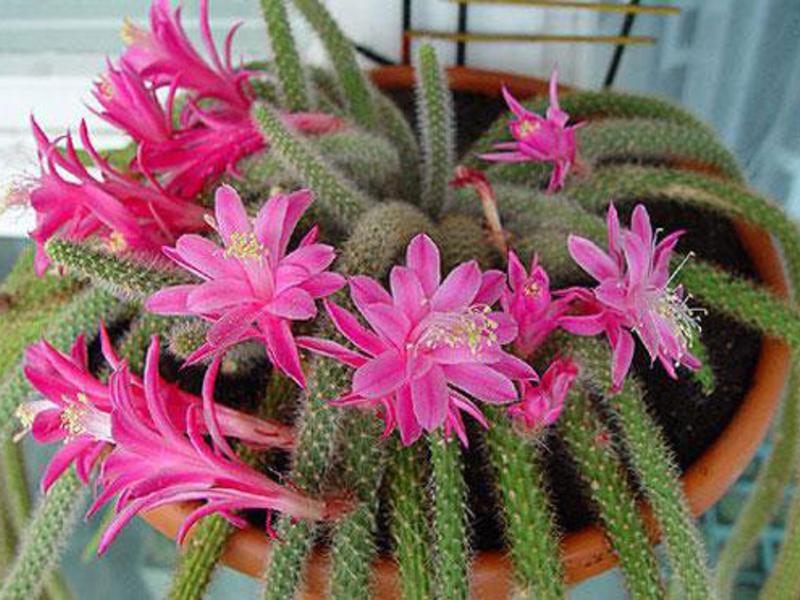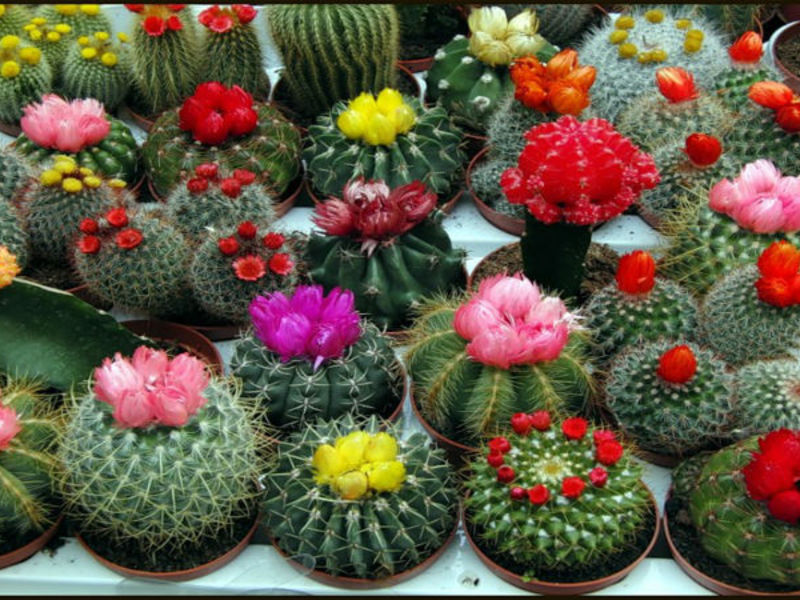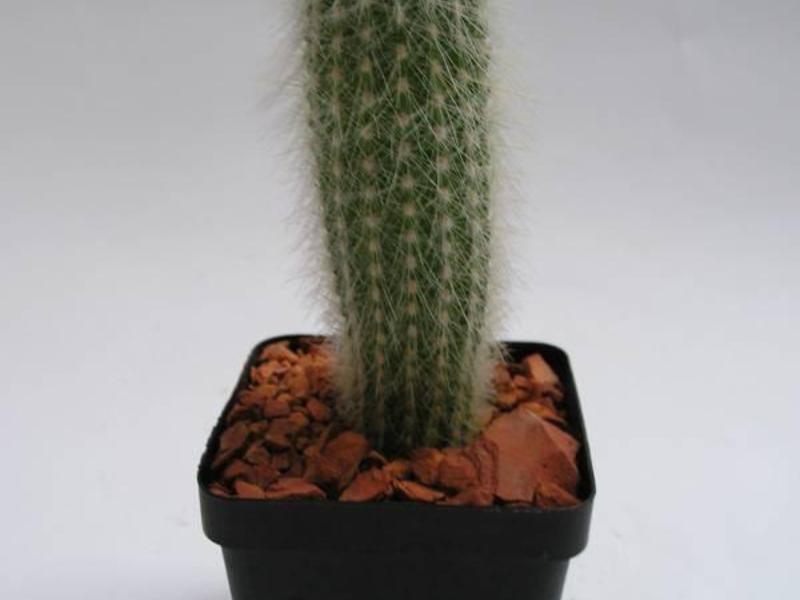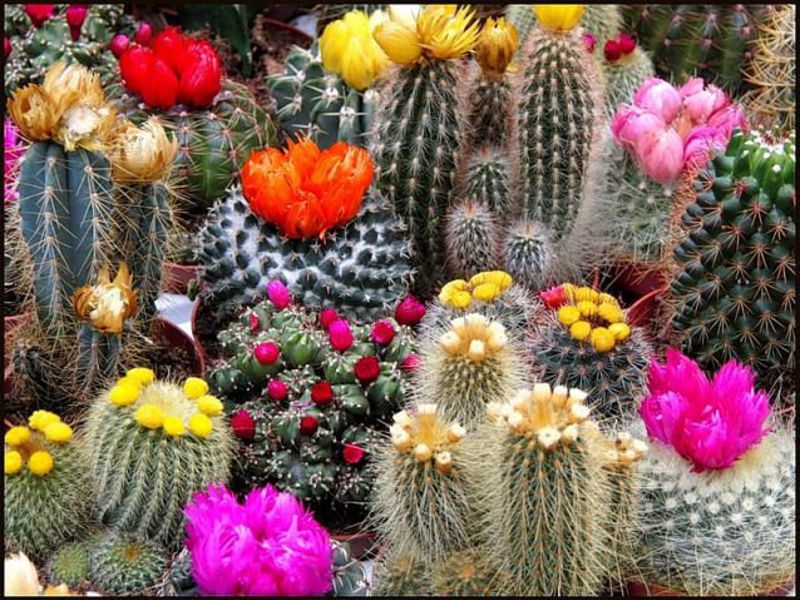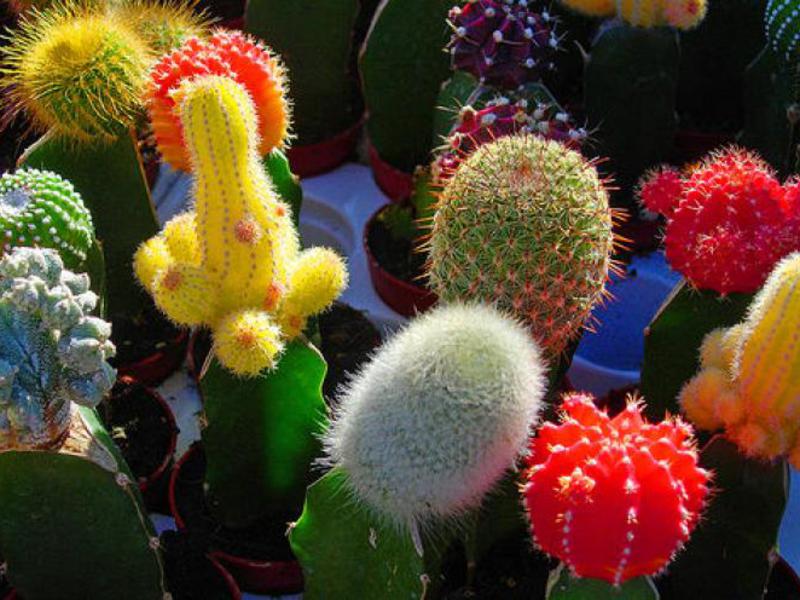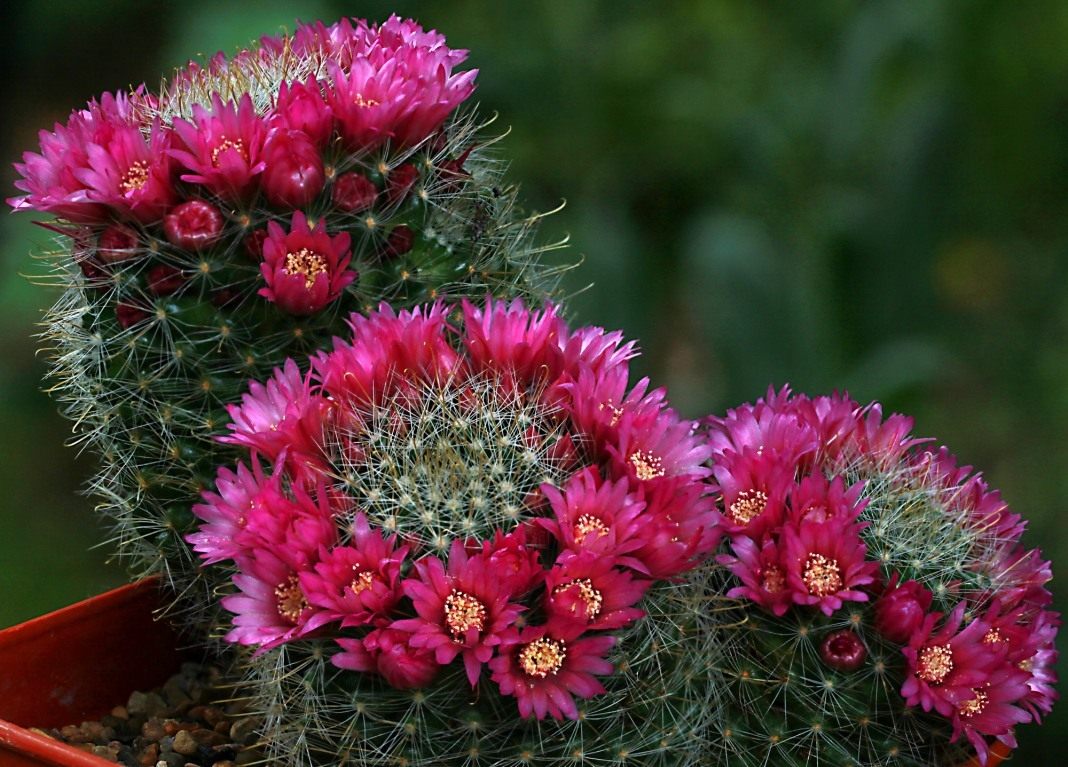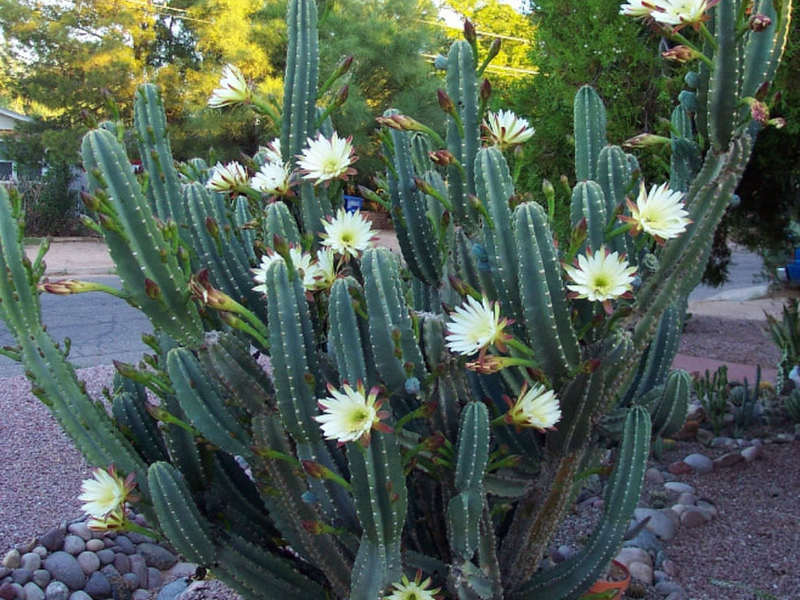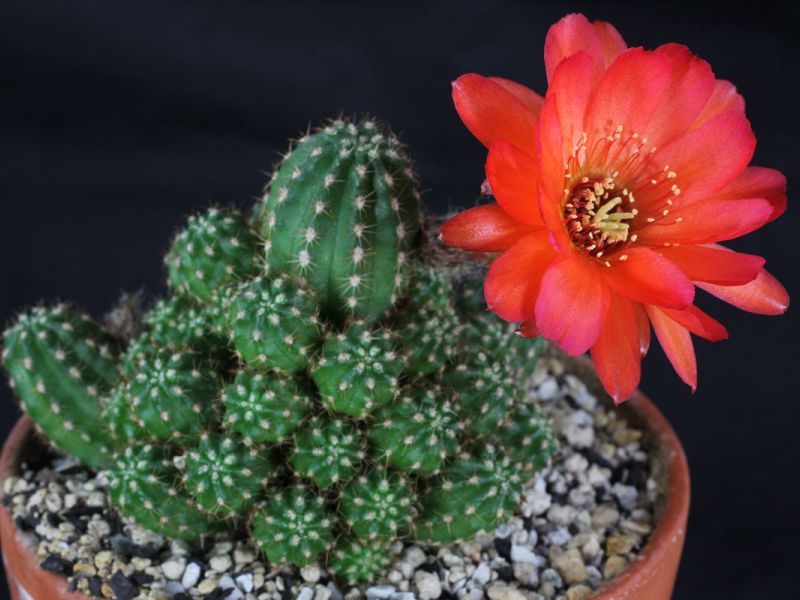Cacti as house plants began to spread with the advent of home computers. As many believe that these plants are capable of reducing radiation levels. Cacti in general are unpretentious succulents, but even those accustomed to weather surprises and drought can get sick and die if the rules for keeping them are violated. This plant is unusual, so caring for it should be different from caring for other flower garden plants.
Natural habitats
The homeland of the cactus is America. But they grow in the sultry parts of Africa, Asia, you can even see it in Europe. In nature, they are huge... They prefer to settle in arid regions of the world and feel good in Argentina, Chile, Mexico. The plant has many species, some of which grow in tropical forests. They can be seen on the shores of the Mediterranean and Black Seas.
Natural conditionsin which cacti do well:
- Low humidity. Most species choose regions with low humidity. However, some prefer a high level of moisture, so they only live in tropical forests.
- Temperature changes. We are accustomed to feeling the temperature drops that occur in deserts. There, the difference between day and night temperatures is up to 50 degrees.
- Loose substrate. Usually cacti grow in mineral soils, for example, gravel or sand are suitable, the main thing is that the composition is loose. However, some species prefer the oily land of the rainforest.
Features of cacti
These plants have a fleshy stem and thick skin. This feature was formed in the process of evolution, it allows the plant to adapt to the lack of water.
To prevent moisture loss in cacti there are protective mechanisms:
- There are thorns instead of leaves.
- Hair on the epidermis.
- Wax plaque.
- Stem consisting of ribs.
- Deep root system.
Cactus care
It's easy to care for cacti, but still it is necessary know some important points:
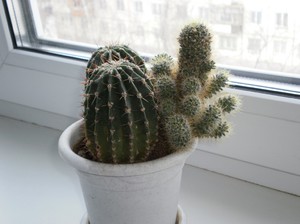 The temperature during the growing season should be moderate. In winter, it should be placed in a cool place with a temperature of about 12 degrees, but even at 4, nothing terrible will happen. If there is no central heating, then it is better to remove the cactus from the windowsill at night if the weather is very cold.
The temperature during the growing season should be moderate. In winter, it should be placed in a cool place with a temperature of about 12 degrees, but even at 4, nothing terrible will happen. If there is no central heating, then it is better to remove the cactus from the windowsill at night if the weather is very cold.- Shine. Keep the cactus in a bright spot all year round. In winter, artificial lighting may even be needed. In the hottest summer months, when growing in a greenhouse, the plant should be shaded.
- Watering should be increased in the spring and watered regularly until the end of summer when the soil begins to dry out. It is better to water it with warm water. Watering should be stopped at the end of summer, and with the arrival of cold weather, the soil is kept practically dry, moisturizing only in order to prevent the cactus from shrinking.
- Air. The plant does not need to be sprayed during the hot period, the main condition is the presence of fresh air. Therefore, it is better to put it on the balcony for the summer.
- Transfer. A young cactus is transplanted annually, an adult - as needed. In the spring, they are transplanted into a pot that is slightly larger than the previous one.
- Reproduction. Most plant varieties take root easily by cuttings. In spring or summer, stem cuttings or daughter outgrowths are taken.It is important to allow time for the cuttings to dry before planting. Small ones dry within a few days, large ones need 1-2 weeks. Then they are planted in peat-based compost. You can use another method, because the plant is also propagated by seeds. The temperature for germination is from 21 to 27 degrees.
To make the cactus bloom
Some cacti bloom at a young age. But there are some, for example, prickly pear or cereuswhich bloom quite difficult. For cacti to show their decorative flowers, they need to create conditions that resemble natural. How to make a cactus bloom at home?
Typically, a cactus begins to bloom in a room when it reaches three or four years old. From this age, every spring they will delight you with their beautiful flowers. You can find out which cacti bloom at different times throughout the year and build a collection. Then there will be no break in the flowering of cacti.
The secret of cactus flowering is that most plant species can bloom only on new growth... In order for it to appear, it is necessary to provide high-quality care throughout the summer, and in the winter to arrange the plant with relative rest. It should also be noted that the bookmark of flowers occurs in a slightly cramped conditions of the pot.
Types of cacti and their names
Below are the types of cacti that grown at home, names and brief characteristics of varieties are given.
 The whip-shaped aporocactus is easy to grow. The stems grow several centimeters per year, their thickness is 1 cm. In the spring, flowers appear with a diameter of 8 cm. Looks good in a hanging basket.
The whip-shaped aporocactus is easy to grow. The stems grow several centimeters per year, their thickness is 1 cm. In the spring, flowers appear with a diameter of 8 cm. Looks good in a hanging basket.- Astrophytum capricorn initially has the shape of a ribbed ball, but with age it acquires a cylindrical appearance. In summer, adult plants, which can grow up to 15-30 cm, develop yellow flowers resembling chamomile. It has straight or curved spines, depending on the species.
- Cereus Peruvian is used for interior design, it is suitable for growing as a single specimen. The stem can reach 1 meter, and in summer flowers up to 15 cm long are formed. The Monstrozus variety grows slowly with an ugly mutation that attracts attention.
- Chamecerius Silvestri grows and thrives quickly, red flowers form on a 8 cm stem in early summer.
- Strauss's Cleistocactus is also used for interior design. When it reaches adulthood, it can be over a meter in length. White hairs and spines located on the surface give silvery.
- Echinocereus comb forms columns 25 cm high, covered with thorns. E. Salm-Dick's species forms fragrant bright flowers.
- A variation of Friedrich is Mikhanovich's Gymnokaltium or Little Red Riding Hood. It has a colored stem that is grafted onto a green cactus stock. This plant is quite attractive and original.
- Mammillaria bokasskaya in spring blooms with white flowers, encircling the silvery stem. M. Wild's view differs only in shape, because she has it oval, not round.
- Otto's Notocactus has hard spines and a spherical shape. In adulthood, flowers are formed, the width of which reaches 8 cm. The type of Notocactus Lehninghouse is preferred to grow only because of the interesting cylindrical stem, while the flowers fade into the background.
- The prickly pear reaches 30 cm, has small crocheted spines. They are red or white, depending on the species. Opuntia are found in a variety of shapes and sizes.
- Tiny rebutia with shire-shaped stems 5 cm in diameter is capable of blooming every summer with rich orange flowers in the form of a tube. Senile rebutia is a ball about 10 cm in diameter.
- Trichocereus, which is sick in adulthood, becomes stately, since it forms a column 1 m high. The plant matures, it expands. The species Trichocereus Spach reaches a height of 1.5 m and more.
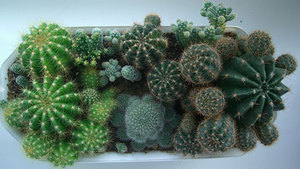 Cacti have been living with us in apartments for a long time, but they are rarely used as an important decorative element. However, some lovers of these plants still consider them in this role. Decorators should protect yourself from thornsthat pose a threat to humans. Wear heavy gloves when interacting with these desert dwellers.
Cacti have been living with us in apartments for a long time, but they are rarely used as an important decorative element. However, some lovers of these plants still consider them in this role. Decorators should protect yourself from thornsthat pose a threat to humans. Wear heavy gloves when interacting with these desert dwellers.
For those looking to collect house plants, cacti are a durable and varied group that can be easily collected and grown. Since the plants are easy to care for and do not need regular watering, pruning, transplanting, spraying and so on, they are suitable both for those who cannot imagine their home without them, and for a novice amateur gardener or someone who is not very keen on them, but wants to have a living corner.
